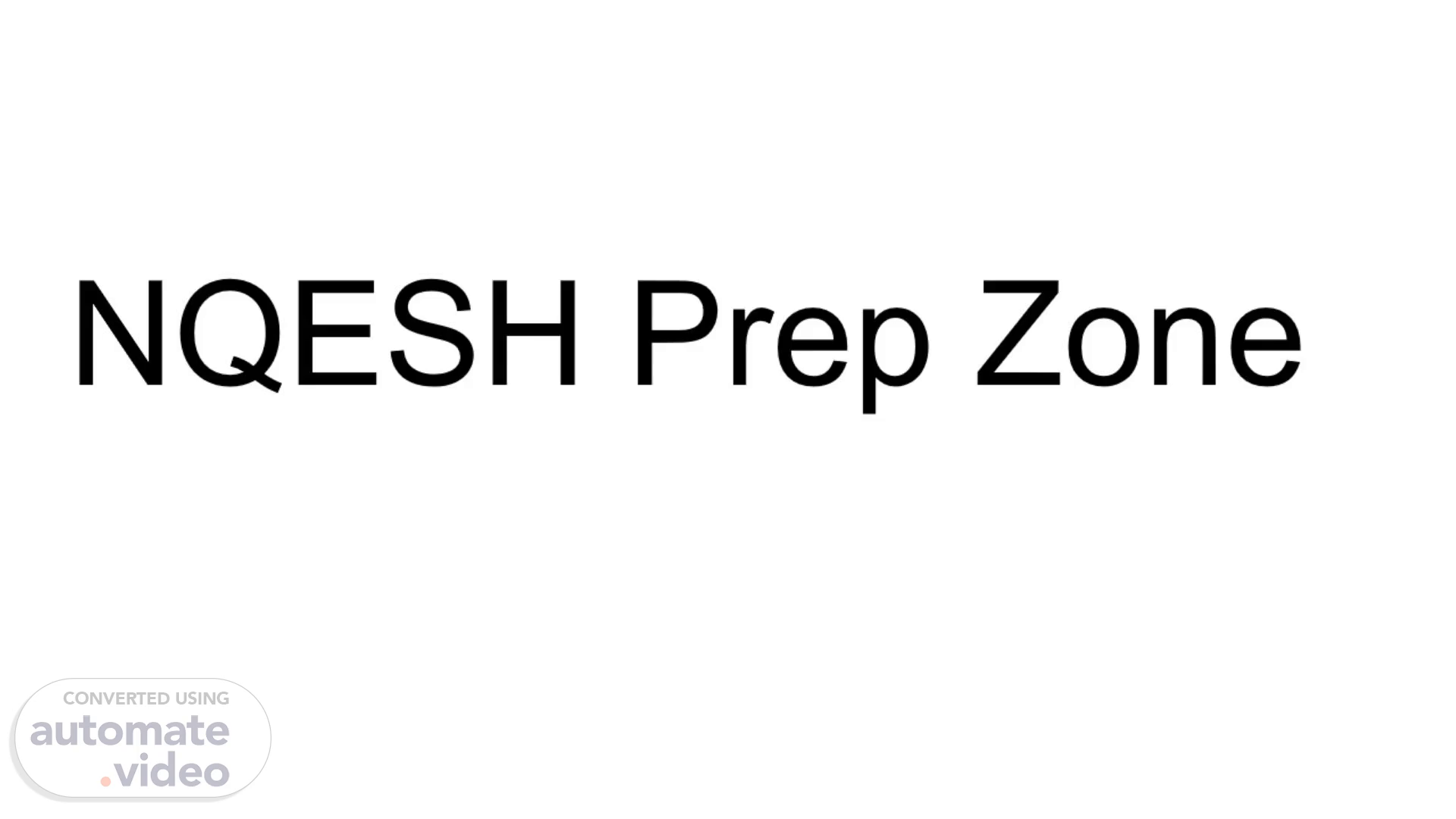
PPSSH Principles_vid1
Scene 1 (0s)
[Virtual Presenter] Welcome to NQESH Prep Zone We equip you with the skills to ace the principal’s test. Please like and subscribe..
Scene 2 (12s)
[Audio] 1. You are the principal of a school that has recently implemented a new reading program aimed at improving literacy rates. After a few months, you conduct a review to assess the program's effectiveness. You notice that while some students have made significant progress, others are still struggling with their reading skills. To ensure that all students benefit from the program, you decide to take additional steps to make the instruction more learner-centered. Which of the following actions would most effectively make the reading program more learner-centered? a. Requiring all teachers to follow a fixed schedule and pace for the reading program to ensure consistency. b. Grouping students based on their reading levels and providing tailored instruction and materials for each group. c. Increasing the number of reading assessments to monitor student progress more frequently. d. Holding regular meetings with teachers to discuss their challenges and experiences with the reading program..
Scene 3 (1m 9s)
[Audio] The correct answer is b. Grouping students based on their reading levels and providing tailored instruction and materials for each group..
Scene 4 (1m 18s)
[Audio] Correct Answer: b. Grouping students based on their reading levels and providing tailored instruction and materials for each group. Explanation: This action directly aligns with the learner-centered principle by acknowledging and addressing the diverse reading levels of students. Grouping students based on their reading levels allows teachers to provide instruction and materials that are appropriate for each group's specific needs, thereby ensuring that each student receives the support necessary for their individual progress..
Scene 5 (1m 48s)
[Audio] Explanation of Incorrect Choices: a. Requiring all teachers to follow a fixed schedule and pace for the reading program to ensure consistency: This choice is incorrect because a fixed schedule and pace do not account for the varying needs and learning speeds of individual students. A learner-centered approach requires flexibility to adapt instruction based on each student's progress and needs. c. Increasing the number of reading assessments to monitor student progress more frequently: While frequent assessments can provide valuable information about student progress, this choice alone does not address the need to tailor instruction to individual student needs. It is the use of assessment data to adapt teaching strategies that aligns with the learner-centered principle. d. Holding regular meetings with teachers to discuss their challenges and experiences with the reading program: Regular meetings with teachers are beneficial for professional development and collaboration, but this choice does not directly make the reading program more learner-centered. The focus should be on adapting instruction to meet the needs of students, rather than solely on teacher experiences..